The U.S. Supreme Court issued its ruling in Sackett v. U.S. Environmental Protection Agency on May 25, 2023, re-interpreting the Clean Water Act to eliminate longstanding protections for millions of acres of wetlands. Five Justices on this new conservative Court narrowed the definition of “waters of the United States” to limit the reach of the Act, one of the most successful, effective, and widely supported pieces of legislation ever codified in the United States. Learn more.
October 3, 2022
In Sackett v. EPA, the U.S. Supreme Court Could Decide What Waters and Wetlands the Clean Water Act Protects
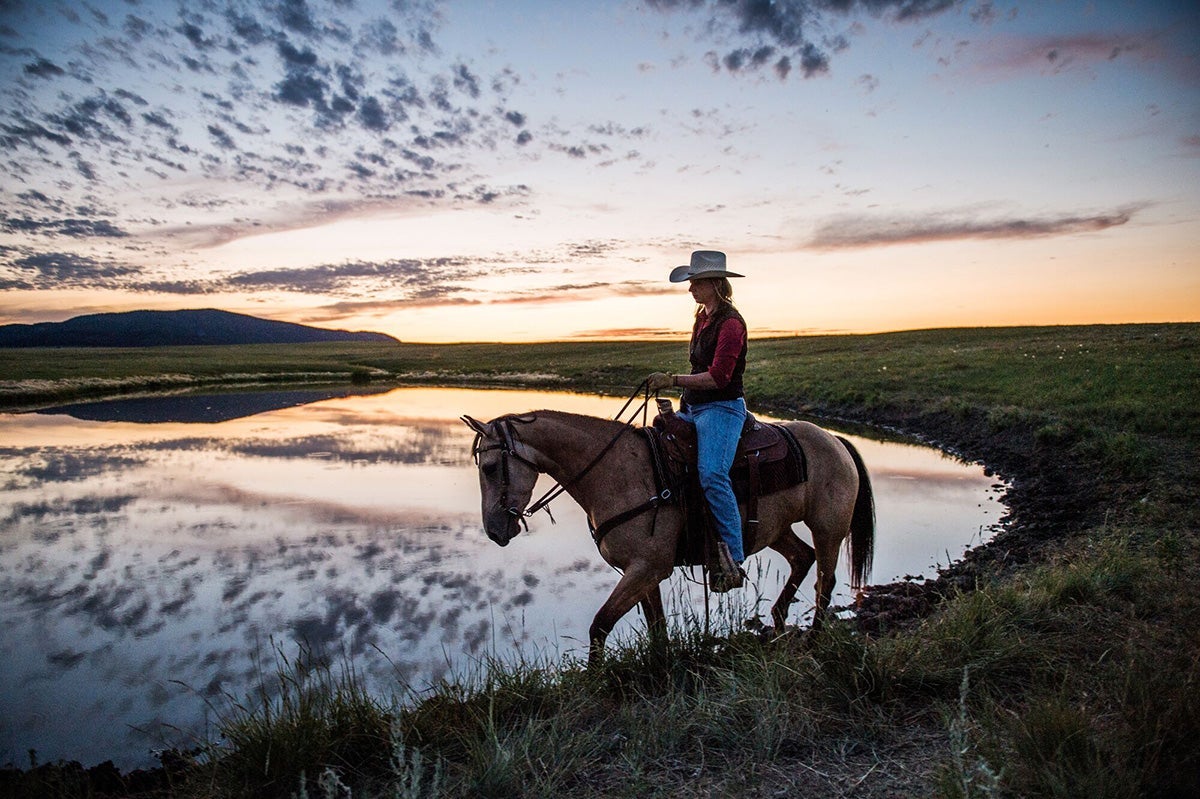
On Oct. 3, 2022 — the first day of its new term — the U.S. Supreme Court heard oral arguments for Sackett v. Environmental Protection Agency, a case that could dramatically reduce the number of wetlands and other waters across the United States that are protected under the landmark Clean Water Act. A Supreme Court decision in Sackett v. EPA is likely in early 2023.
This is what you should know about this major attack on clean water.
Editor's Note:
The U.S. Supreme Court issued its decision on May 25, 2023, eliminating protections for millions of acres of wetlands. Read an explanation of the decision by Kirti Datla, Director of Strategic Legal Advocacy at Earthjustice.
What is Sackett v. EPA about?
Industrial polluters asking the Supreme Court to exclude most wetlands and streams from Clean Water Act protections
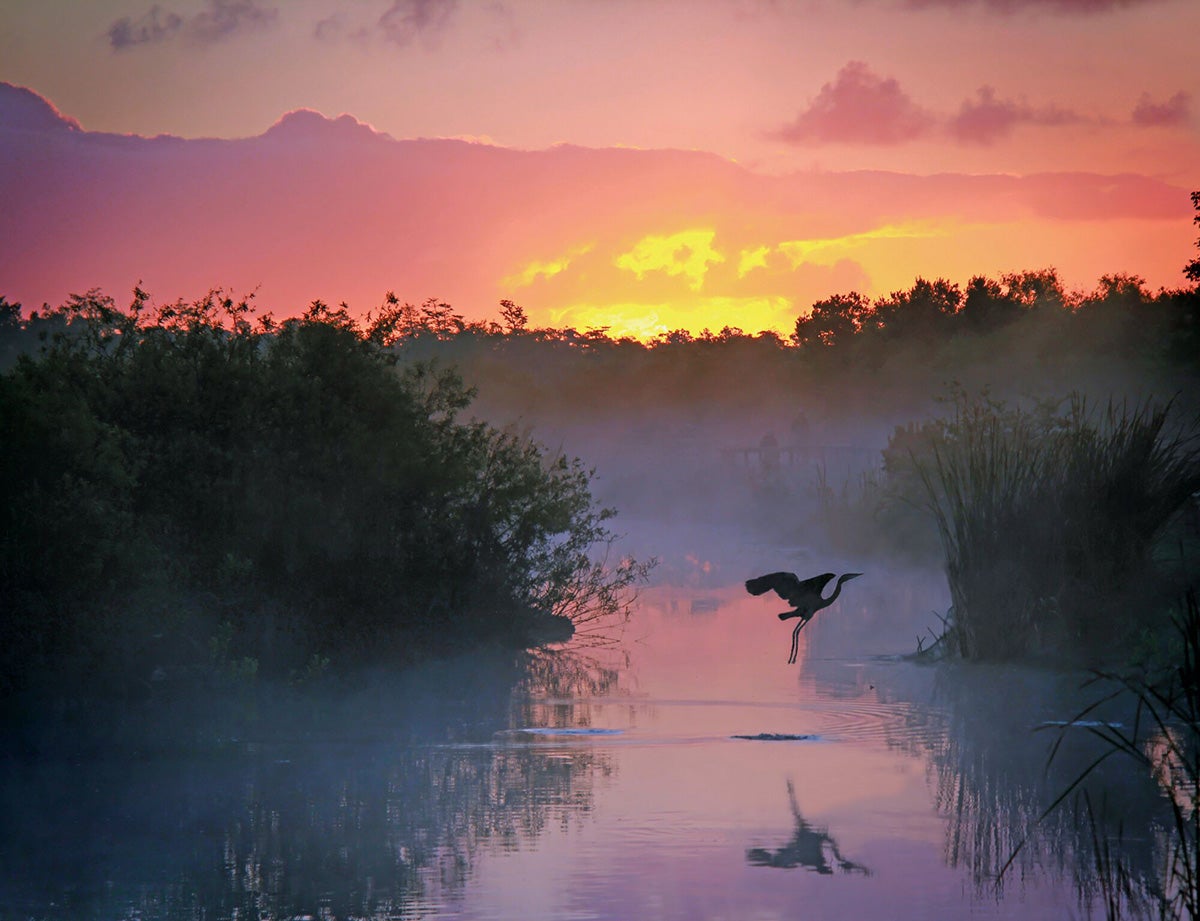
Sackett v. EPA was brought by Michael and Chantell Sackett: Idaho landowners backed by polluting industries, including the oil and gas industry, mining companies, developers, and corporate agribusiness. The Sacketts are represented by the Pacific Legal Foundation — a longtime anti-environmental legal group.
The Sacketts started their dispute with the U.S. Environmental Protection Agency in 2007, after purchasing a parcel of land that was subject to Clean Water Act protections. The parcel — which included sensitive wetlands a stone’s throw from Priest Lake, one of the largest lakes in Idaho — required a wetlands permit before being developed.
Instead of following EPA’s processes to get a permit to fill sensitive wetlands to build a lake house, the Sacketts sued. This 14-year legal battle now has them before the Supreme Court, for the second time. (The Sacketts first appeared before the justices in 2012, securing the right to bring a court challenge against an EPA compliance order.)
The Sacketts’ case against the EPA, however, is not about a parcel of land, let alone a lake house, but is a coordinated push by industry polluters that want to blow a hole in the Clean Water Act, bulldoze cherished wetlands, and contaminate the country’s streams with waste from mining, oil and gas, and agro-industrial operations as they see fit, just to maximize their profits.
Earthjustice filed an amicus brief to the Supreme Court on behalf of our clients — 18 Tribes who rely on waterways flowing through their lands for food, economy, culture, and more — in support of water protections. We will continue fighting to uphold and strengthen the Clean Water Act.
Close Section
Why is the Supreme Court hearing Sackett v. EPA now?
An antiregulatory agenda is driving the nation’s highest court
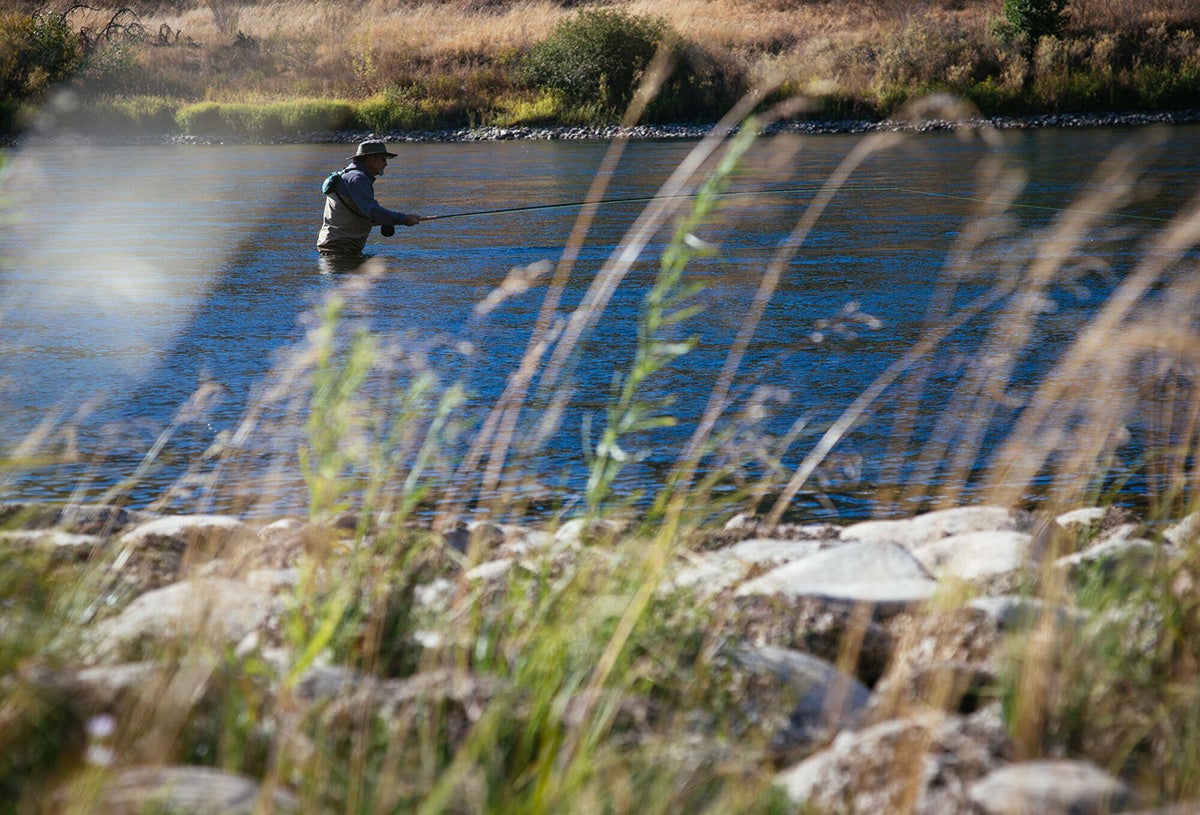
The Clean Water Act exists to protect the health and safety of our nation’s waters. As obvious as it may sound, water flows downstream, meaning pollution upstream — in wetlands, streams, and other waters — affects water quality downstream.
In 2015, based on a comprehensive scientific study, the EPA issued a regulation that defined “waters of the United States,” a term that determines which waters the Clean Water Act protects.
The Trump administration later attempted to replace that regulation with one that would have substantially narrowed the law’s protections. But a group of Tribes represented by Earthjustice were able to get that regulation overturned. The EPA is now working on an updated definition of the “waters of the United States” to reflect the latest scientific knowledge.
But the Supreme Court isn’t waiting for the EPA to finish that work.
Instead, it is stepping in to decide what waters and wetlands the Clean Water Act protects.
The groups that urged the court to hear Sackett v. EPA aren’t asking the court to rule based on science. Their briefs are filled with references to conservative talking points, such as describing the Clean Water Act as overly burdensome, or as giving the federal government too much authority. Many of the same groups raised similar arguments last term in West Virginia v. EPA, and the Supreme Court’s ruling, in that case, emboldened these groups to try again.
On the Supreme Court
Kirti Datla, Earthjustice’s Director of Strategic Legal Advocacy, reflects on the court's conservative shift.
The Supreme Court’s decision to hear Sackett v. EPA is another troubling sign that the new conservative supermajority is pursuing a deregulatory path.
Yet, during oral arguments on Oct. 3, it was clear that agenda collides with the reality of environmental protection. As several justices recognized, Congress expressly designed the Clean Water Act to protect the “integrity” of our nation’s waters, and removing protections for wetlands — which filter pollutants, prevent harmful flooding, and more — would defy Congress’ purpose.
The court still has time to step off the dangerous path it is on.
What waterways might be impacted by the outcome of Sackett v. EPA?
All waterways are connected — all water is at risk

The Sacketts’ lawyers and extractive industries are asking the Supreme Court to significantly narrow how protected waters are defined, drastically benefiting those who want to exploit, contaminate, and destroy ecosystems that play a fundamental role in safeguarding the nation’s most precious resource: clean water.
The Trump administration sought to remove protections for half of the country’s wetlands. With Sackett v. EPA, polluters could do the same.
In fact, if the Supreme Court agreed with the flawed argument of the Sacketts and their industry allies, half of the wetlands in the lower 48 states would lose their Clean Water Act protections.
Wetlands are critical habitats for fish, waterfowl, and other wildlife. They also purify polluted waters and protect communities from the destructive power of floods and storms. This is particularly important now, as communities are already struggling with extreme weather and natural disasters brought on by the climate crisis.
The United States has already lost half of its wetlands to development. Wetlands need protection, now more than ever.
What is more, if the court adopts the narrow interpretation of the Clean Water Act that the Sacketts’ lawyers propose, it will embolden future attacks on the scope of the law.
Ephemeral streams — critical streams for ecosystems — for example — will be at risk of losing protection, too. This could be catastrophic, as 59% of streams in the U.S. are ephemeral, according to the EPA. Many of these streams are in the western United States, and many are critical to the surrounding ecosystems and communities.
The Bigger Picture: We are all downstream from someone else
We all need clean water to live and thrive. Yet water is in peril.
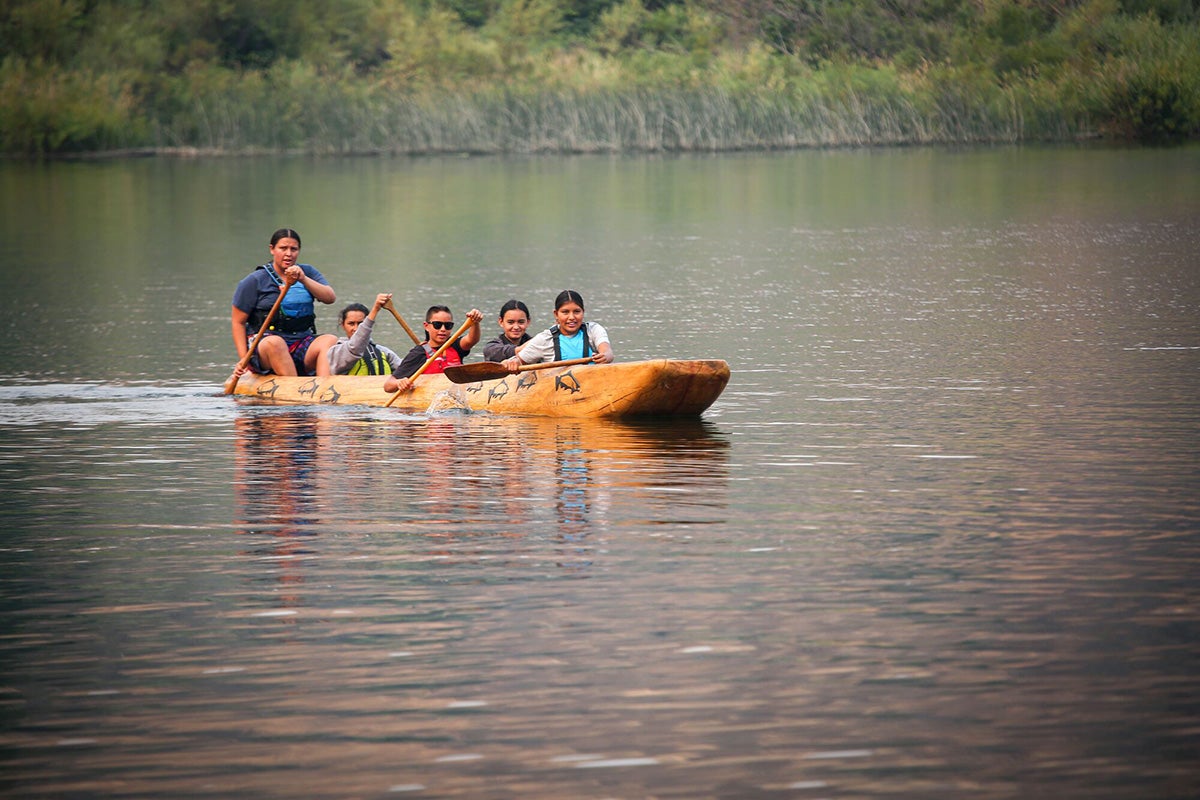
As the Supreme Court decides Sackett v. EPA,
- Megadroughts are wreaking havoc in the western United States;
- Communities in the South, the Caribbean, and Alaska are grappling with unprecedented flooding; and
- Residents of multiple cities, including Jackson, Miss., and Flint, Mich., are living off bottled water because their water is too toxic to drink.
Still, the Sacketts’ lawyers and industry allies continue to insist that private interests should be able to contaminate or destroy water resources with impunity, no matter the impact of their actions on others.
Despite the Clean Water Act’s purpose — protecting water from pollution — industry teed up a case for the Supreme Court to make it all but impossible for everyone to have reliable protection from water pollution.
The Supreme Court could do as it did in 2020 and solidify the Clean Water Act’s place as one of the nation’s most effective environmental laws.
But if the Supreme Court excludes Clean Water Act protections from major wetlands and other waters, the damage to water quality, flood control, and wildlife habit would be severe, and could pose a grave danger to communities across the country, especially low-wealth communities, Indigenous communities, and other communities of color that all too often bear the brunt of toxic pollution, flooding, and excessive industrial development.
What can I do?
Add your voice to strengthen the Clean Water Act!
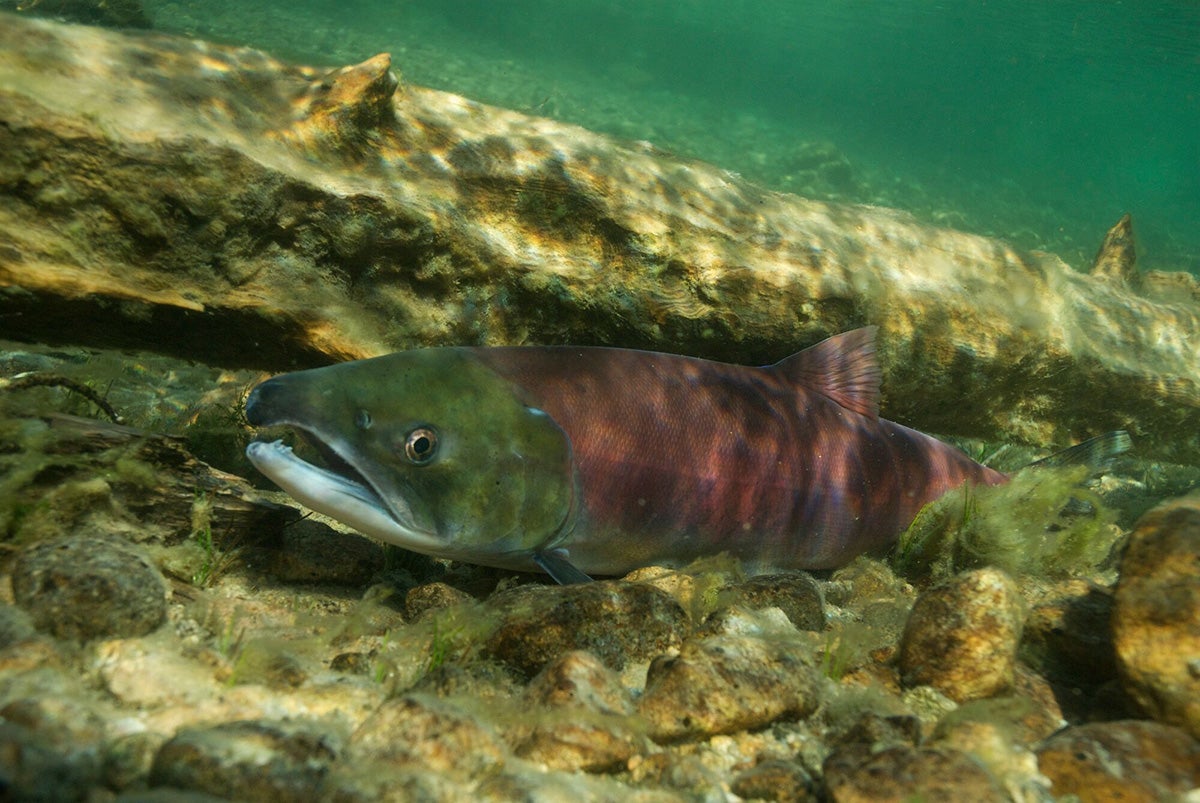
- Push the EPA to fully use its authority to make good on the promise of clean water for all.
- Support the EPA’s efforts to restore state and Tribal authority to protect water quality under the Clean Water Act
- Tell your elected officials and everyone in your orbit about this case, and how much courts matter for the environment — no court more than the Supreme Court!
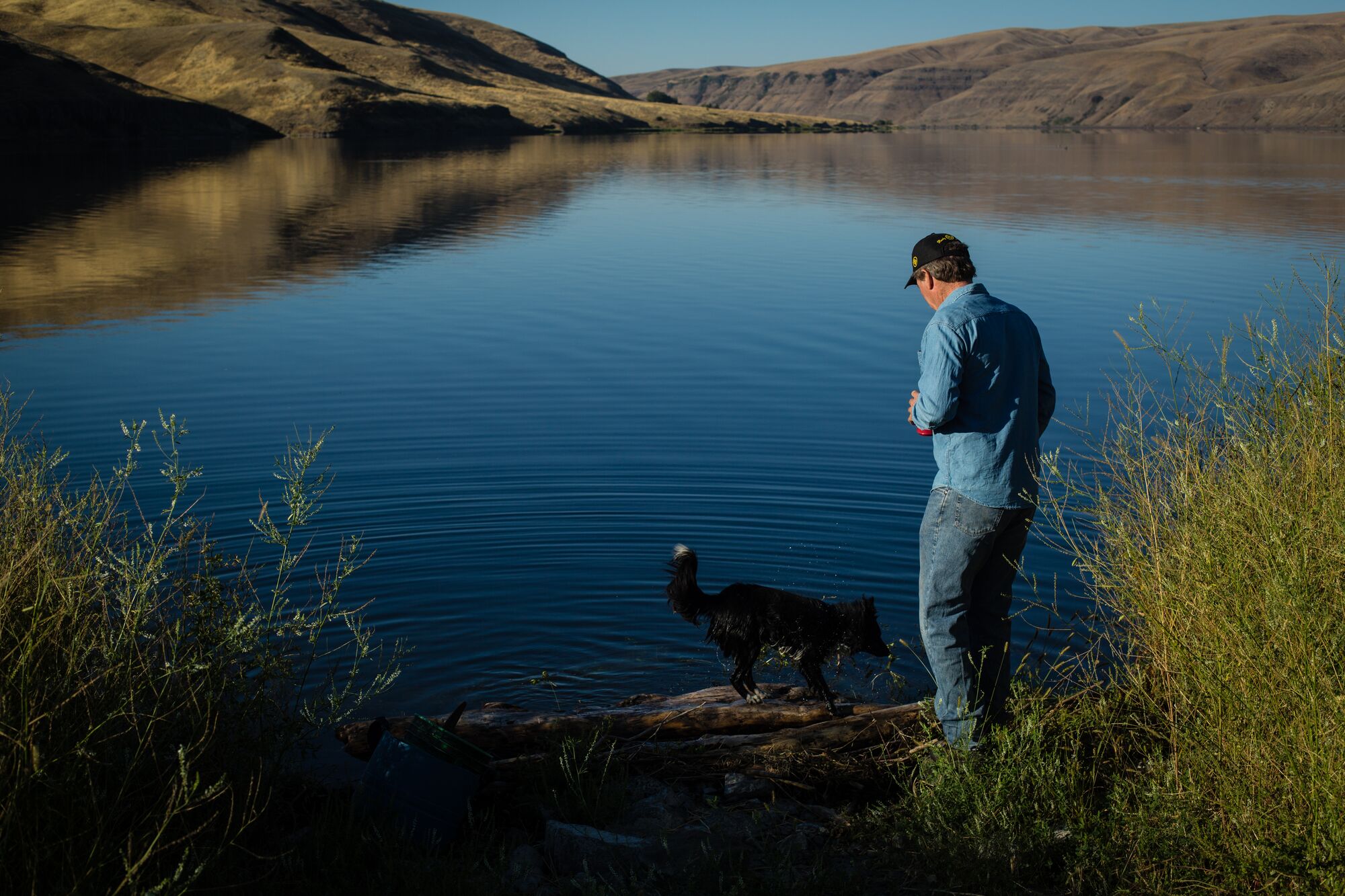
Established in 1989, Earthjustice's Policy & Legislation team works with champions in Congress to craft legislation that supports and extends our legal gains.
Earthjustice’s Strategic Legal Advocacy team identifies and addresses cross-cutting changes in judicial doctrines that affect our clients’ ability to vindicate their rights. These include legal doctrines affecting justiciability, jurisdiction, the scope of federal power, and judicial review of agency actions.